Installing solar panels could be one of the best financial decisions you make for your business this year
A 100kW system costing £63,000 could be worth between £6,000 and £11,000 a year and pay the solar installation cost back within 5-9 years.
This size of system could provide over 115,000 kWh of power over a single year. You can add to that the contribution to environment and the security you get by fixing your electricity prices for the next 25+ years.
Call us today on 0770 908 7924 to book a free site survey or arrange a phone consultation so we can give you the information you need to make an informed decision.

The Financial Benefits
There are 3 income streams available to all solar generation installations in the UK.

Power Generation
Use the power you generate directly and save £0.11 – £0.20 per kWh on bills

Export Power
Export any unused power generated and earn £0.0538 per kWh
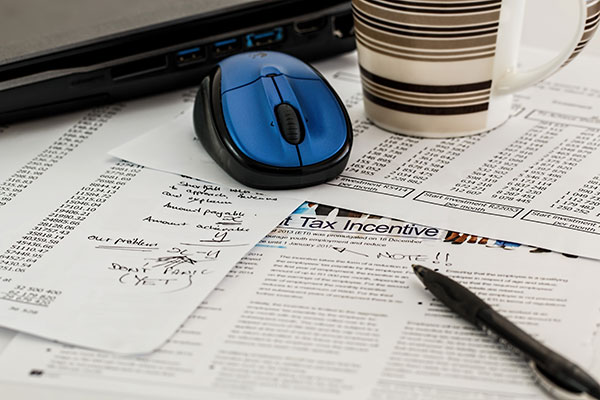
Feed In Tariff
The government funded Feed in Tariff ended on 31st March 2019.
Obviously the biggest benefit will be if you use all of the power that you generate yourself. We will design an installation to optimise this.
Depending upon your electricity consumption then financial benefits vary. Solar power is generated every day, so a business that runs 7 days a week will benefit most as using the generated electricity saves more money than you can earn by exporting any excess. Even if you are not operating 7 days a week the solar panels can still prove to be a good investment. We will calculate exactly what your returns will be based upon your type of business, operating hours and previous utility bills.
All estimates are controlled by strict government standards; the standard assessment procedure (SAP) To correct for any potential operational difficulties or periods of unexpectedly poor weather, these estimates only allow 80% of the estimate to be quoted. None of our installations have ever under performed.
If you want to see what an installation could be worth to you then please use our solar array calculator.
Energy Security & Price Hedging
A solar installation will hedge your electricity costs against large price increases. The pricing strategies of our current regime of utility companies are unpredictable. Average costs have been rising by 8% per year and contract renewal quotes can be a big surprise.
A properly sized system could save you as much as 75% of your annual electricity consumption, effectively locking the price of that electricity to the cost of the installation. With the development of more efficient and cheaper battery storage, which can be added later, it may well be possible to meet nearly all of your future electricity needs with your own power generation.

Environmental Impact
Over 25 years a 50kW installation can save up to 500 tonnes (500,000 Kg) of carbon dioxide emissions. That is significant.
There are up front environmental costs in the production of solar panels. However, the energy required to create a solar panel will be recouped after just 2 to 4 years. Even considering the manufacturing and processing stage of solar, the emissions generated well over ten times less than generating the same amount of energy from fossil fuels. With an energy production half life of 80 years, modern solar panels are an excellent contributor to a greener environment.

Lifetime Of The Installation
Modern solar panels degrade at around 0.87% per year which means that even in 40 years your solar array will still be performing at two thirds of the capacity it was when it was first installed. They will probably outlast your business and perhaps even the building they are mounted on.
There are no moving parts so there is little that can go wrong mechanically. The inverters that control and convert the solar electricity into a usable supply are the weakest link and they can be easily replaced and are now relatively cheap.
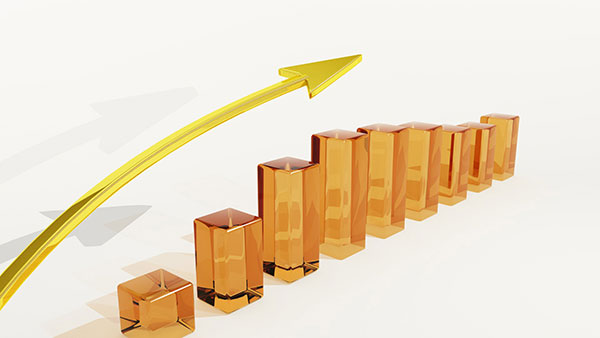
Rateable Value
Changes to the way that the rateable value of a business premises is calculated in 2017 means that solar installations that predominantly provide electricity to the business where they are located will be hit by a sizeable increase. Up to 50 kW installations have always been exempt, but it is still unclear if this will continue. For a 100 kW system this is around £2700 a year. All of our estimates and the figures quoted here allow for this. This is the unfortunate side effect of some recent legislation and it is still hoped that the government will intercede to prevent this increase.
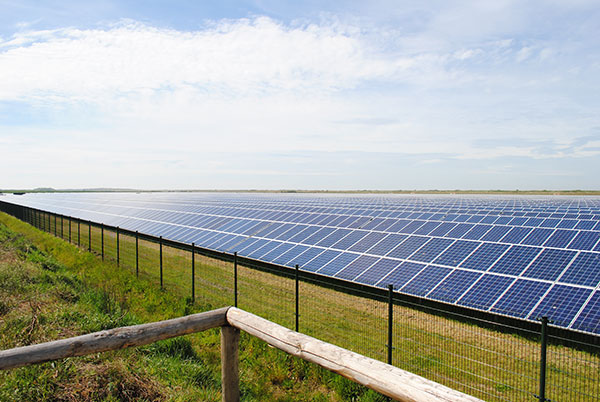
Battery Storage Is Still Not Viable
Battery storage is still not financially viable and without a major drop in prices or a change in technology it is unlikely that they will be value for money for some years yet (ref: 2019). The hidden cost here is that batteries do not have along life and would need to be replaced within 8 years when their performance drops rapidly. There are solutions that will not wear out quickly, like Vanadium Flow batteries, but the power losses during storage can be as much as 30% which is unacceptable.
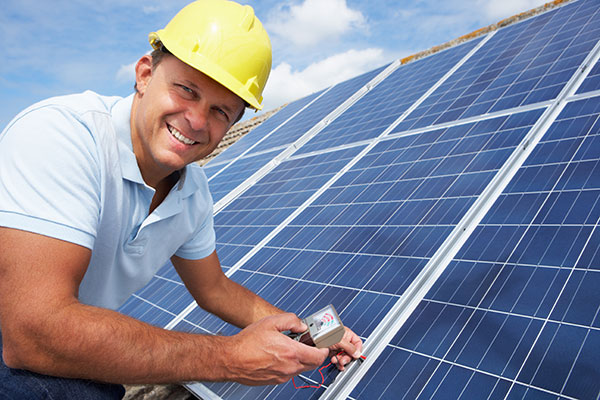
Locating An Installation
There are two options when it comes to installing a solar array: Ground mounted on a steel framework or on an existing roof or structure
Ground Mounted
The down side is that you need the land space to locate the solar array and you will need to get planning permission. Generally planning consent is easy to obtain unless it would adversely affect people living nearby or spoil a scenic area. You might also need a fence to prevent livestock interfering with the installation. Most animals can just munch the grass around a solar array but some animals like goats could do damage by jumping onto the panels.
The up side is that the panels can all be pointed in the best direction and tilted at the optimal angle so that power production is the best it can be. Ground mounted panels are easy to install as no scaffolding is required. They are also easier to maintain.
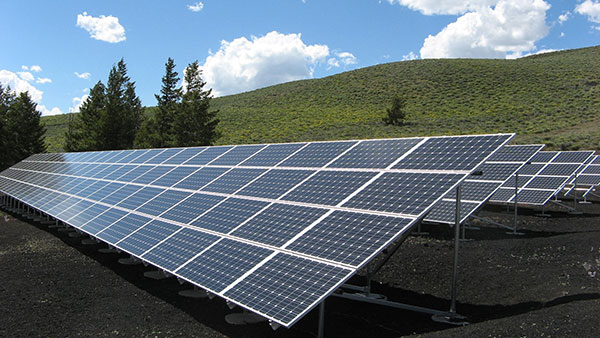
Roof Mounted
A structural survey would need to be done to check that the roof is strong enough to mount panels, but most commercial roofs easily have the strength as the combined panels and the alloy mounting frames are relatively light (under 13Kg/m2).
If you install on an existing structure then you will only qualify for the higher Feed in Tariff if the building has an energy performance certificate of Category D or better (after the installation – sometimes the installation boosts the category).
Up to 50kW solar arrays do not need planning permission for installation.

Maintenance & Guarantees (10 – 25 years)
Solar panels now carry a 25 year manufacturers guarantee, although they will almost certainly last a lot longer. The silicon solar cells do slowly degrade with time at about 0.87% per year which means that it would take 80 years for the cells to be decay to only half of their original output.
Similarly with the alloy mounting frames, there are no moving parts so there is little to go wrong.
A different story with the power inverters. These convert the direct current (DC) from the solar cells into alternating current (AC) that can be used by appliances and machinery. These can have a manufacturers warranty of 10 to 25 years. They are very easy to replace, only half a day call-out for an electrician to unplug the old unit and put in the new one. The inverters for a 100kW system cost as little as £3,000 to replace all of them if they failed after the guarantee period.
We provide a 10 year guarantee covering all of our installation work.
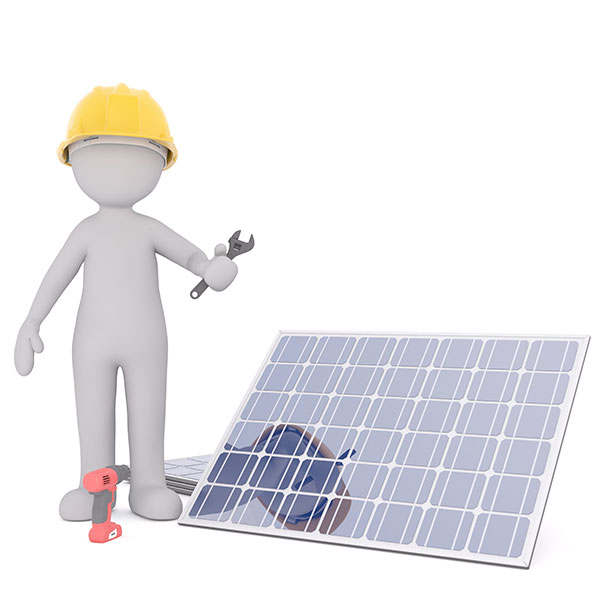
“The Future Is Electric”UK Eco Power
